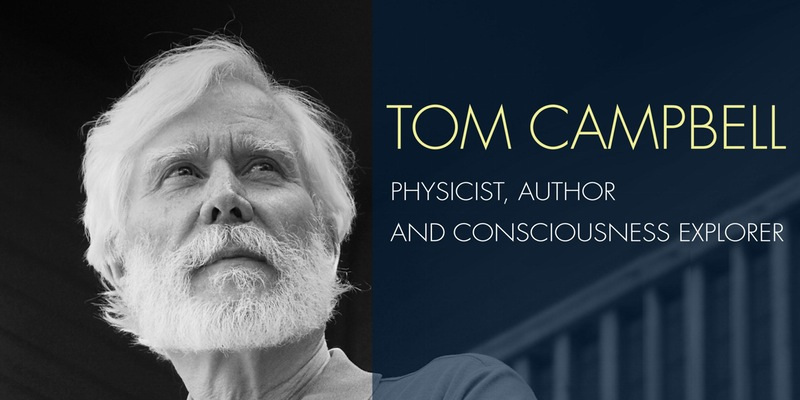Jung’s work was central in applying the ideas relating to uniting the opposites contained within the conscious and the unconscious for psychospiritual growth. However, the seeds of this concept were planted deep in history. Plato is often attributed to first raising the concept of thesis, antithesis, synthesis, although these were not his exact words.
Meister Eckhart brought Christian concepts to the German speaking people by considering God as the thesis, Christ as the antithesis in physical form, and the unifying concept as the Holy Spirit. His work was censured by the Catholic Church soon after his death.
Hegel described this in terms of his dialectic: two opposites which created a new whole. His usage was more along the line of the abstract as the first principle which would generate a form of its automatic opposite as it became concrete in the world. The opposing energy between the two would then generate a new level of understanding. Writers who later described Hegel’s work used the Thesis – Antithesis – Synthesis model to describe his thought.

